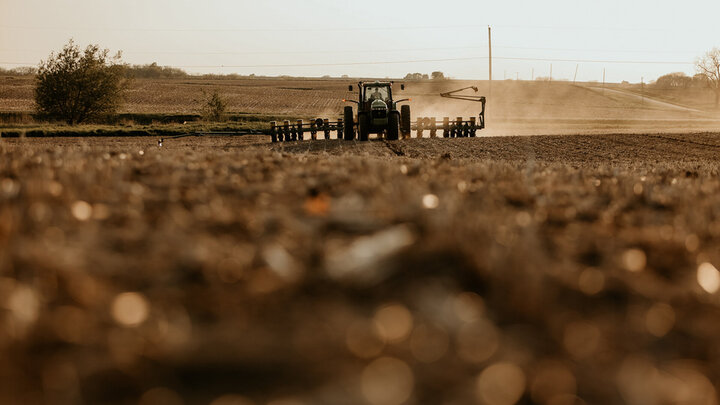By Stephen Wegulo, Extension Plant Pathologist
Pathogen
Black chaff of wheat is caused by the bacterium Xanthomonas campestris pathovar (pv.) translucens. It enters plants through stomata and wounds. During wet weather or humid weather the bacterium multiplies rapidly and produces a cream to yellow bacterial ooze in the form of slime or viscous droplets on infected plant parts. This ooze appears light colored and scale-like when dry. The black chaff bacterium survives on and in seed. It is suspected to survive on crop residue and in the soil, but this is not well documented. During the growing season, the bacterium is capable of living on the plant surface as an epiphyte without causing symptoms. Over short distances, it is spread by splashing water, plant-to-plant contact, and insects.It is spread over long distances by contaminated seed, which is the primary source of inoculum.
Disease Symptoms
Black chaff derives its name from the darkened glumes of infected plants. This symptom is similar to that caused by genetic melanism (darkening of tissue) and glume blotch incited by Septoria nodorum. Black chaff can be distinguished from other diseases by the appearance of cream to yellow bacterial ooze in the form of slime or viscous droplets produced on infected plant parts during wet or humid weather. Bands of necrotic and healthy tissue on awns ("barber's pole") are indicative of black chaff. A dark brown to purple discoloration may appear on the stem below the head and above the flag leaf. On leaves, the disease is known bacterial streak or bacterial stripe. Symptoms start as small water-soaked spots or streaks that turn brown after a few days. Lesions are irregularly shaped and elongate and may extend the length of the leaf blade. In wheat, a diffuse lime-green halo may surround lesions. Leaf symptoms give plants an overall orange cast.


Favorable Environmental Conditions
Black chaff is favored by wet and humid weather. In Nebraska, black chaff occurs mainly in irrigated fields.
Management
The most effective management strategy for black chaff is use of certified, pathogen-free seed. In seed increase and certification programs, plants should be raised at least a ¼ mile away from potential sources of inoculum. These include irrigated commercial production fields and fields with wheat stubble. Controlling volunteer cereals and grassy weeds can help to reduce primary inoculum. Irrigation management is critical in creating an environment that is less favorable to disease development and spread. Irrigation should be managed in such a way as to allow the plant canopy to dry completely between irrigations. Although highly resistant wheat cultivars are currently not available, those known to be highly susceptible to black chaff should be avoided.
Links
For additional information, see the UNL Extension NebGuide, Black Chaff of Wheat (G1672).








